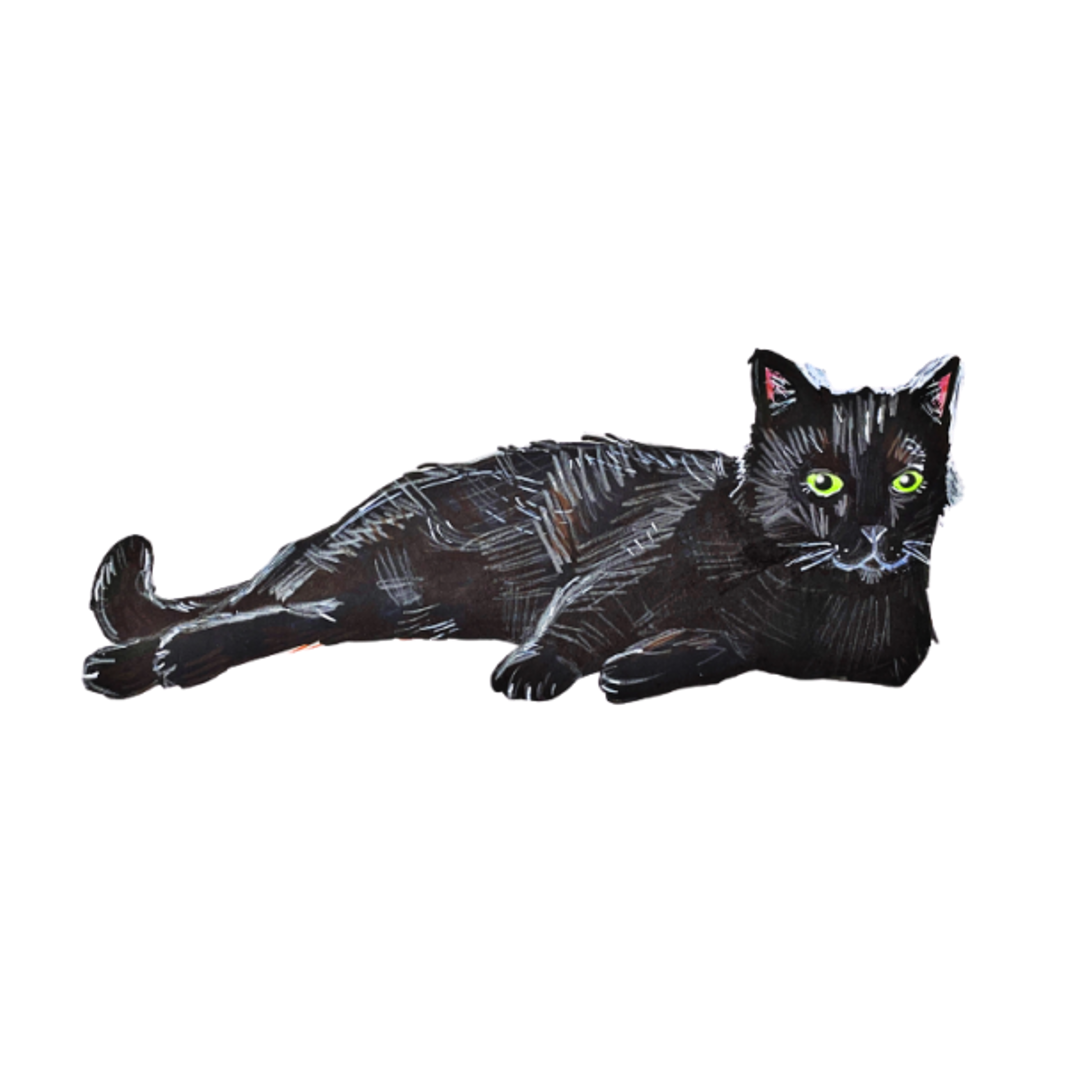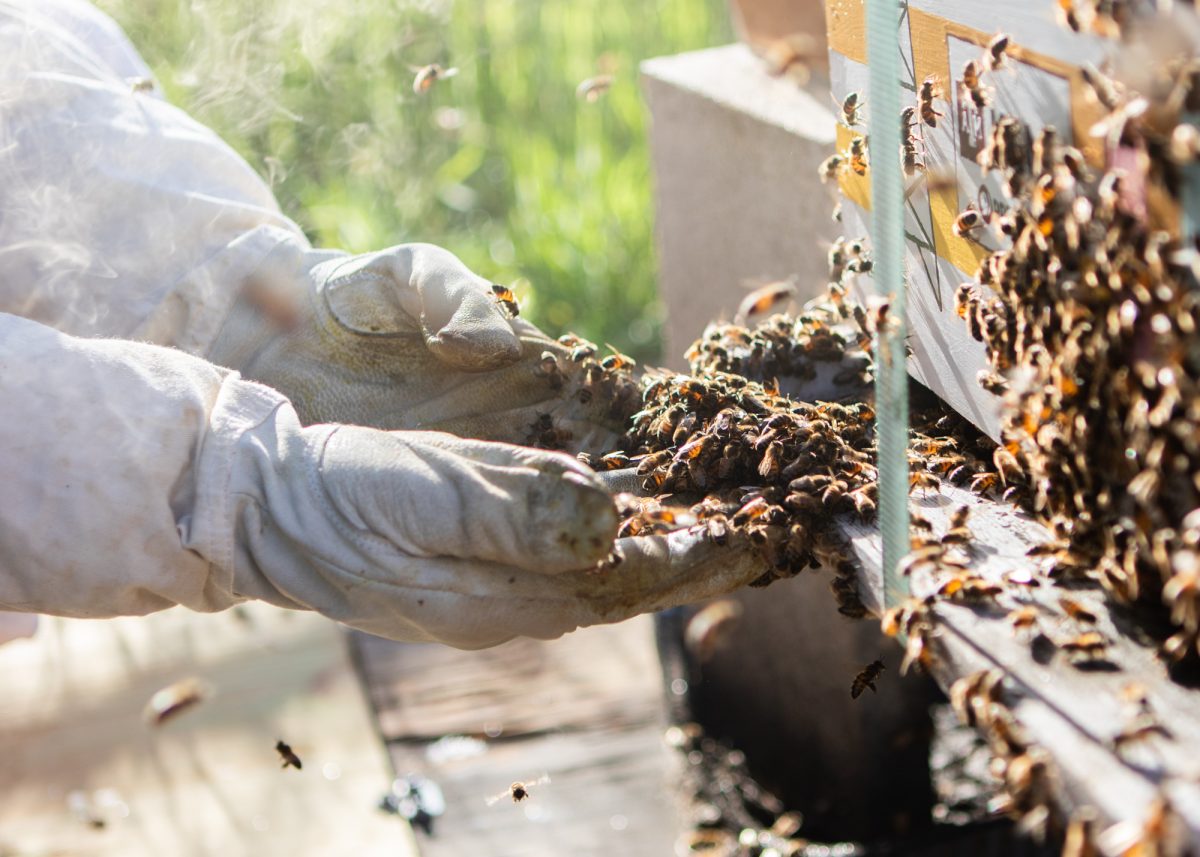Texas A&M houses almost 70,000 students and nearly as many cats. The campus is home to a high feral cat population, most notably around Heldenfels Hall, Butler Hall and the Biological Sciences Building, three key spaces for the Department of Biology.
Four biology employees noticed the increase in kittens around campus and decided to step in. Trapping their first bunch in May 2023, Assistant Program Director Jennifer Bradford and her colleagues have fostered over 30 cats in the last year.
“It was getting out of hand,” Bradford said. “We kept seeing kittens being born under the porch in the Biological Sciences Building over the summer and no one was stepping in. Lieu [Jean] and I started the idea of trapping and releasing the kittens so we could get them vaccinated, spayed and neutered.”
Since May, Bradford and her team have worked to contain the feral cat population. She said the cats are mainly females and American Shorthairs, a breed susceptible to issues like obesity and kidney disease.
“We work as a group to get the job done,” Bradford said. “It can be quite overwhelming by yourself. Typically, we trap them as a group and then each take turns setting up and checking on the traps. The vet we take the cats to is 45 minutes away, so we alternate who makes the drive.”
Senior administrative coordinator Lieu Jean joined Bradford in the mission to save the cats. They take the rescues to the Animal Friends of Washington County Veterinary Clinic because of the cheap rates.
“We’ll get a call or hear about stray cats,” Jean said. “Then we trap them and take them home. After we ensure they’re safe, we take them to the Animal Friends of Washington County Veterinary Clinic to get all their shots and check them out.”
Although her love for animals keeps her going, Jean said running the foster program can be quite costly.
“We pay for everything among the four of us,” Jean said. “It adds up to a lot, which is why we are always looking for donations. Hopefully in the future, we plan to start a nonprofit so we can get funding and keep doing what we’re doing without the financial burden.”
The team has a high success rate, getting more than 20 cats adopted by families in the area so far. Greenhouse manager Susan Reed said they currently have five cats in need of homes. In the meantime, employees caring for the cats typically bring them to biology’s Butler Hall offices on Mondays, where they can relax, be pampered with attention and hopefully catch the eye of someone looking to adopt.
“We still have Wednesday, Veronica, Lolo, Loki and Izzy left,” Reed said. “We usually bring in some cats on Monday so they can hang out. Although most of our cats have homes now, it breaks my heart that those five are still looking for a family to love them.”
Although the cats can be quite aggressive at first, self-proclaimed cat whisperer Reed said she fell in love with one of the feistier rescues.
“I just want to find the kittens a loving home,” Bradford said. “All they need is someone to love them and protect them. This has been such a rewarding experience.”





















Liv simonich • Mar 28, 2024 at 10:44 am
Neutering and spaying should have been done long ago. Kudos to these students for stepping up.
Mike Mecke • Mar 30, 2024 at 2:04 pm
Yes Ms. Simonrich……….and maybe the Biology Dept. needs to study Wildlife and Avian Biology as well. Not to mention issues like distemper and rabies! Feral cats (see Cornell U. famous Avian Biology Department) has research proof that feral cats are the number one killer of our songbirds. Not to mention young cottontail rabbits and squirrels. Wise up – cats are house animals – not a native member of the US or Texas wildlife population.